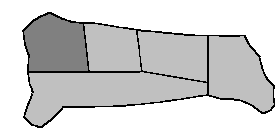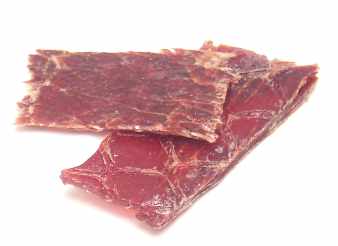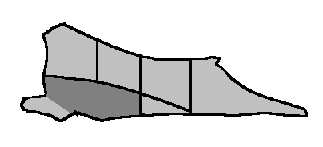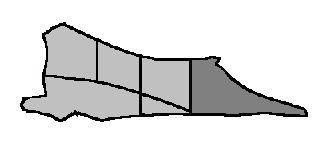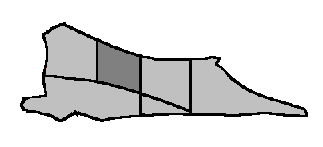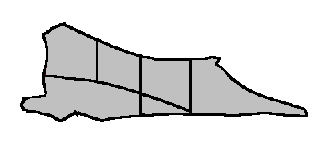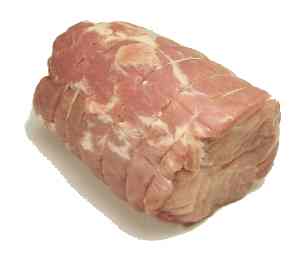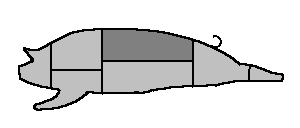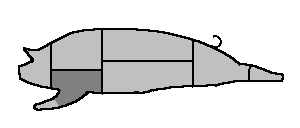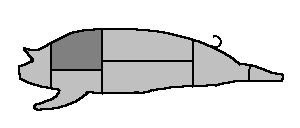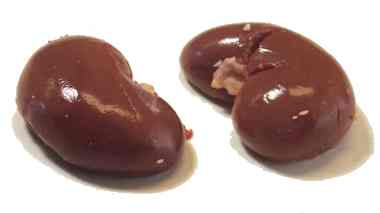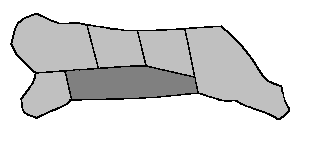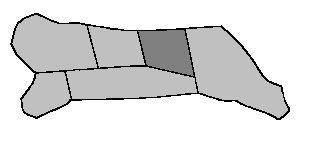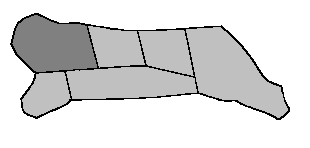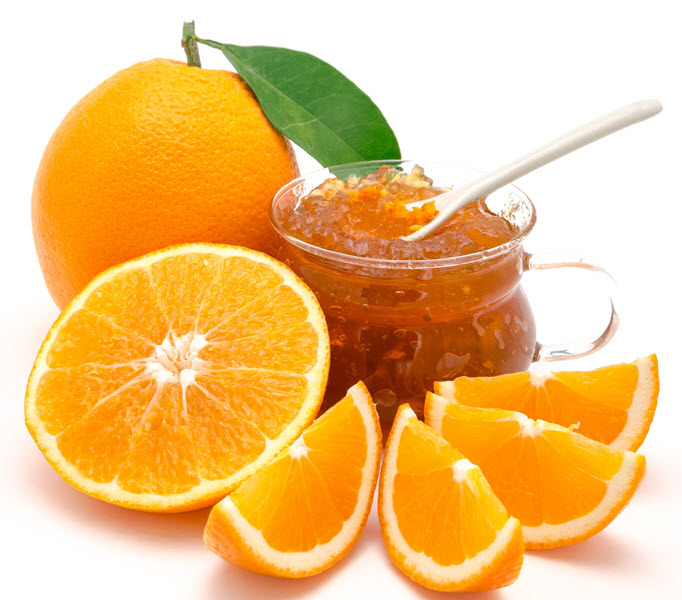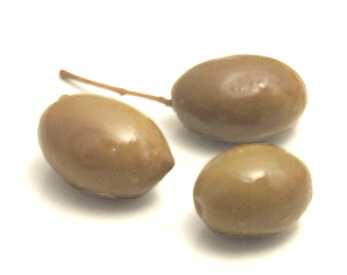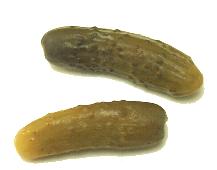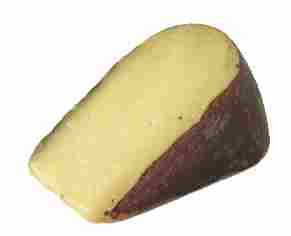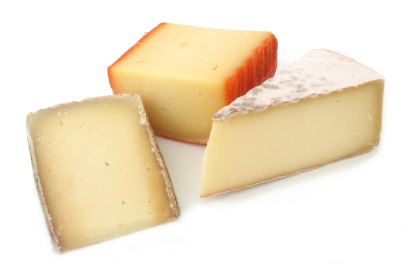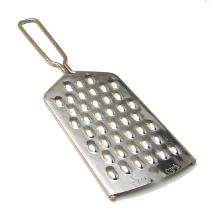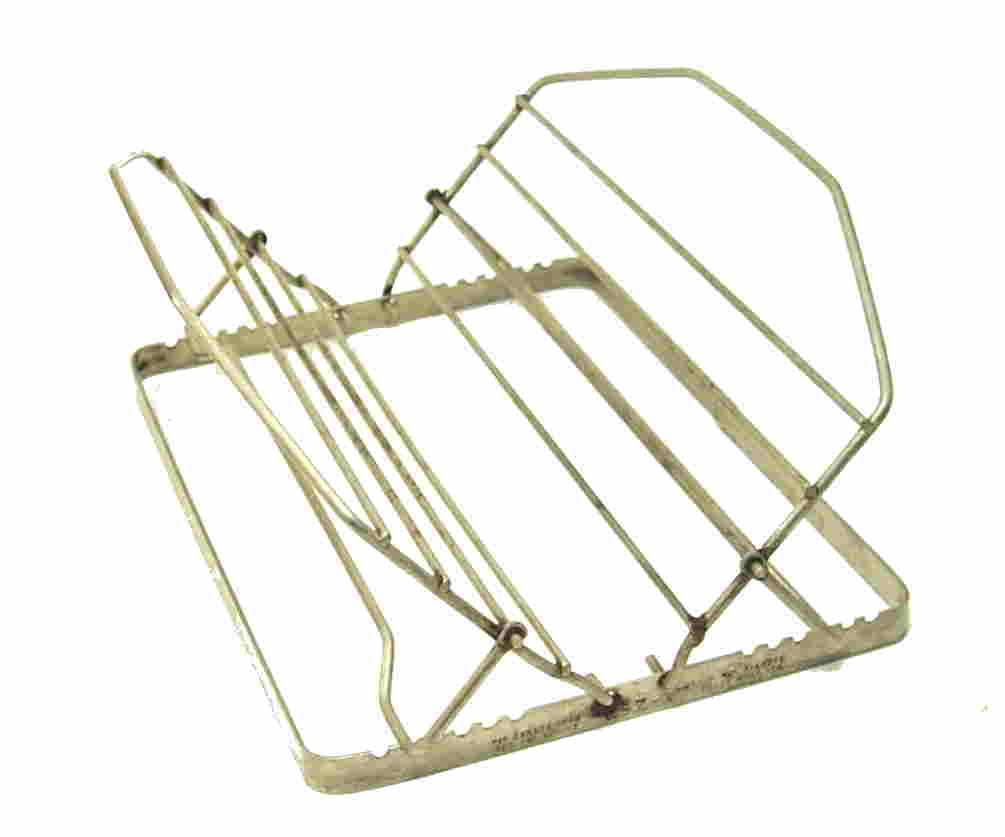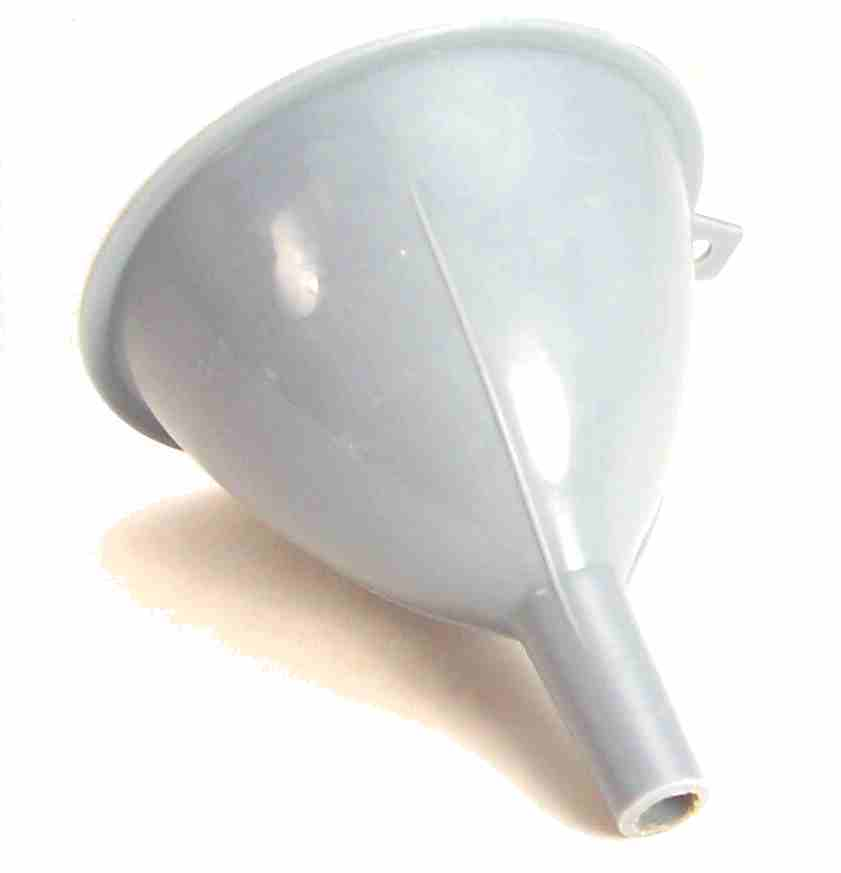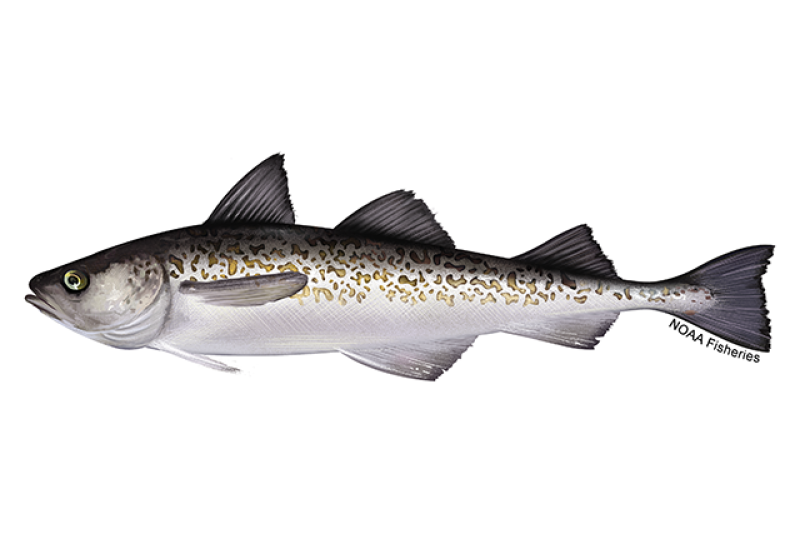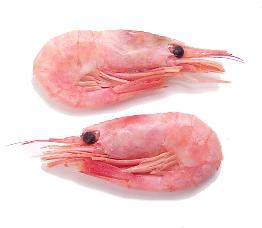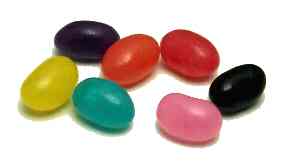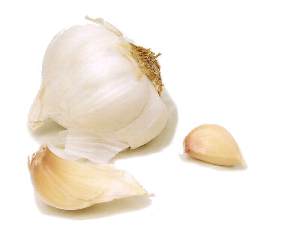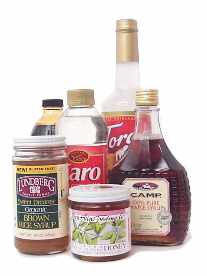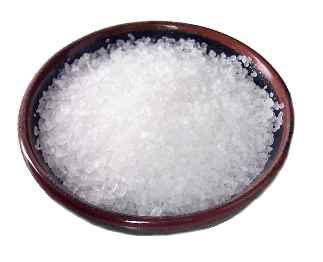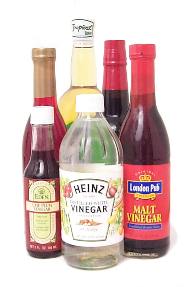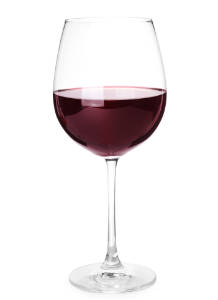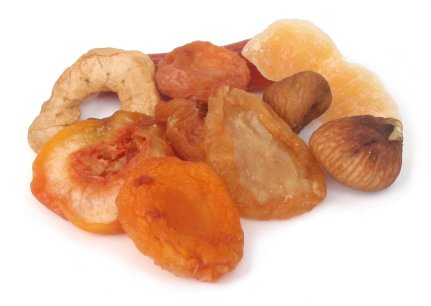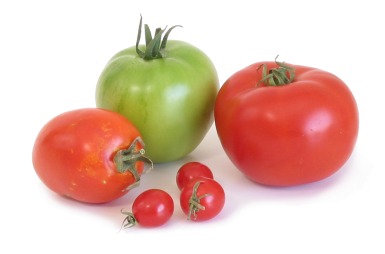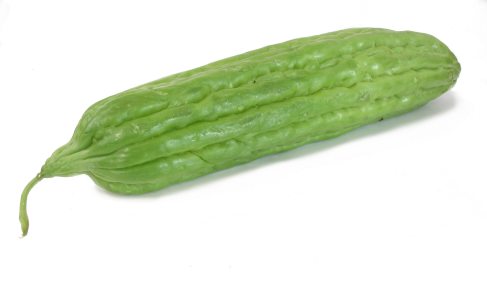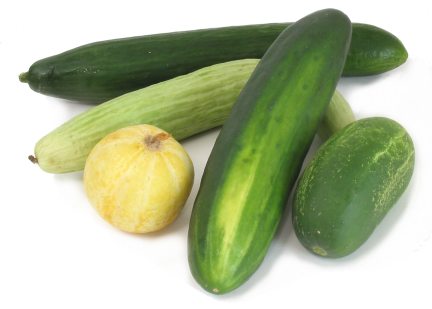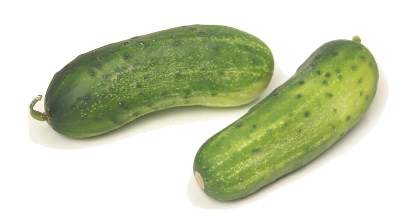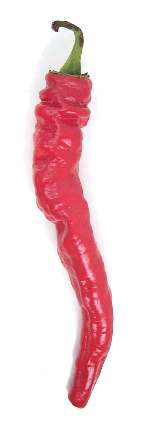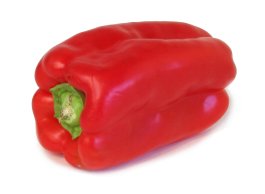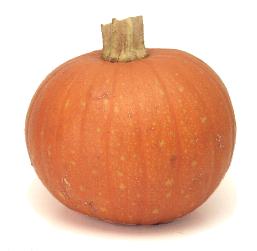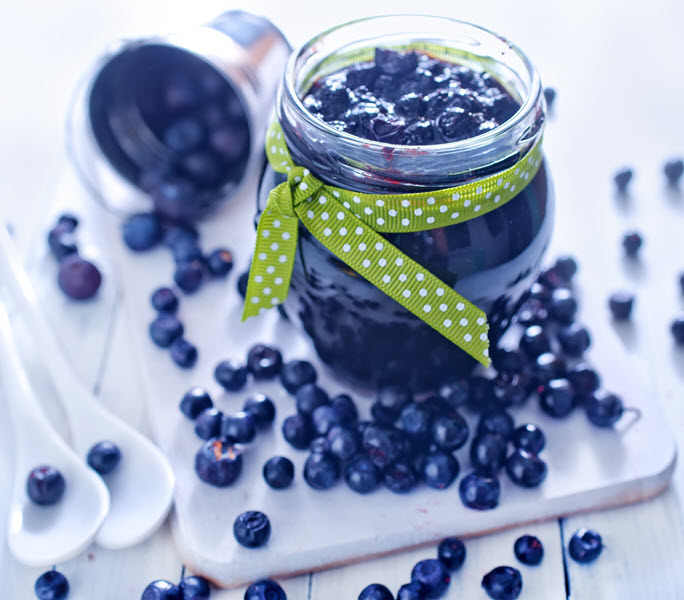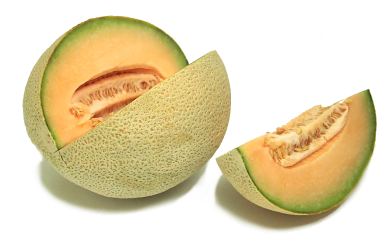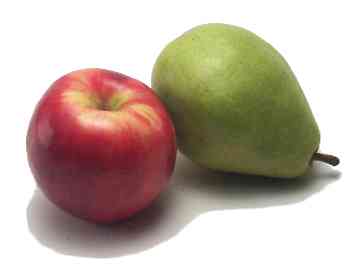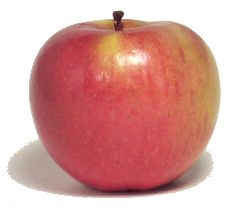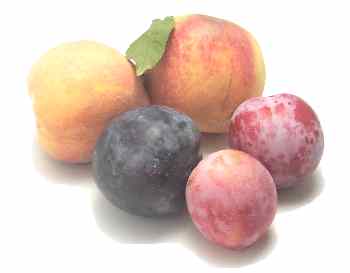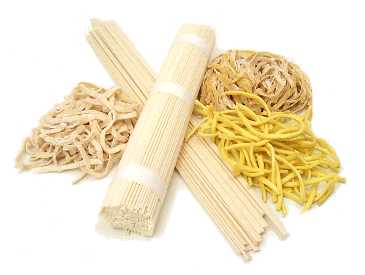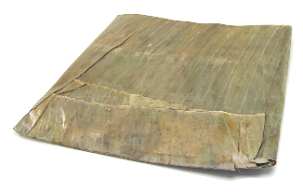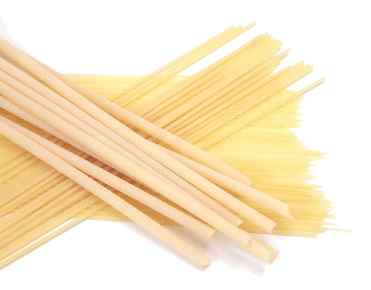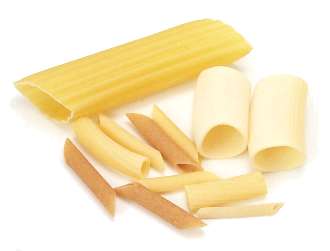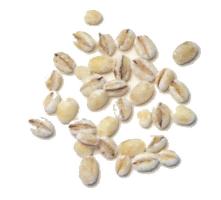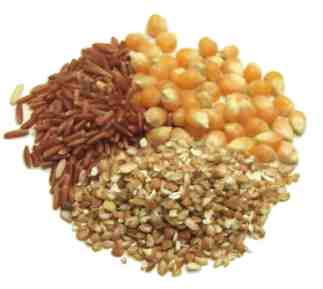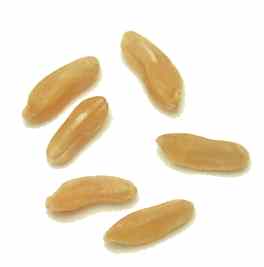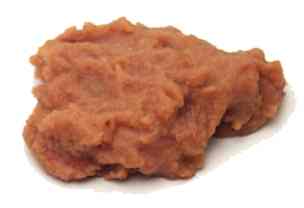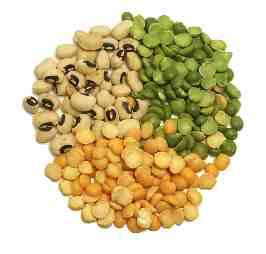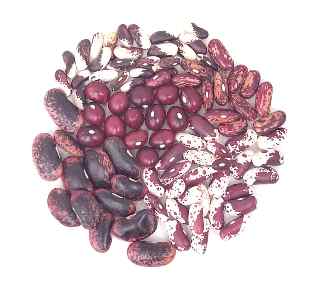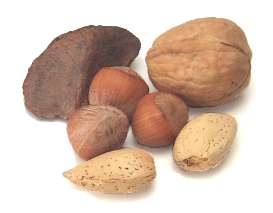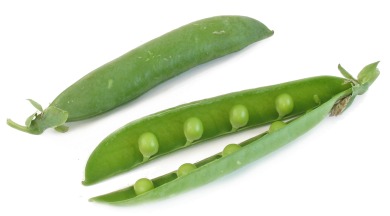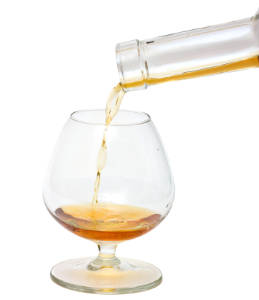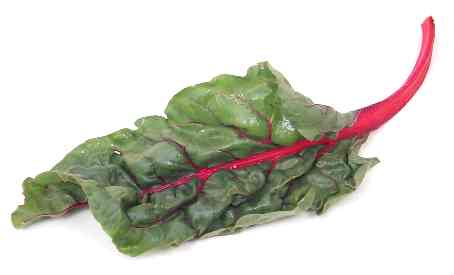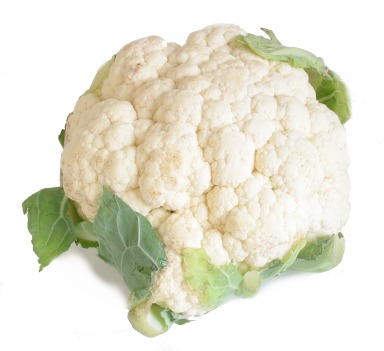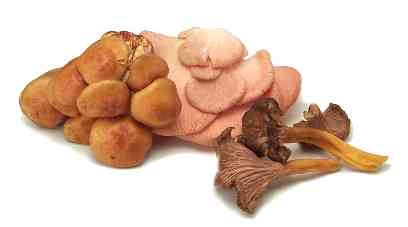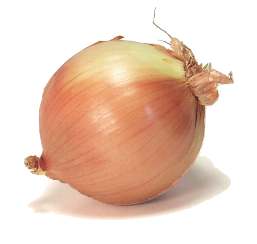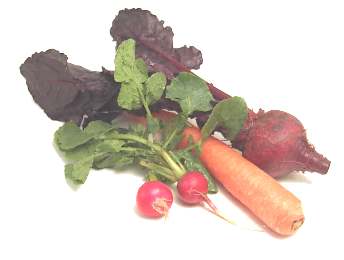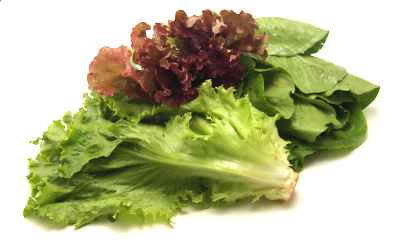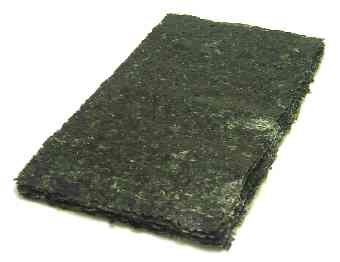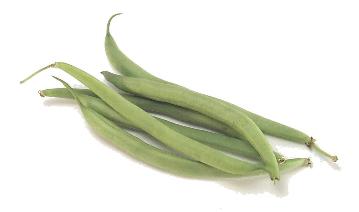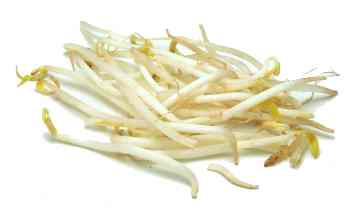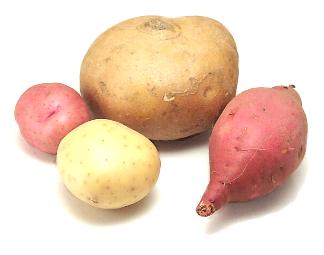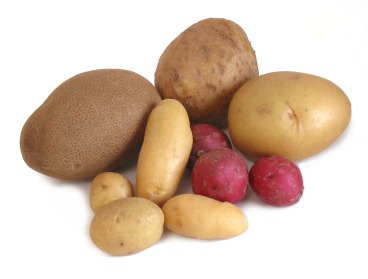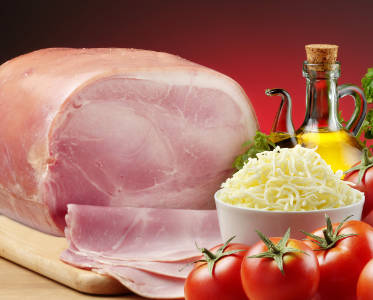Meats Category
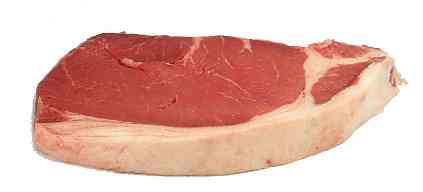
tasso
This is a heavily smoked ham with a spicy, peppery rind. It's often used in Cajun dishes.
Learn moretesticles
The most popular seem to be bull testicles = Rocky Mountain oysters = bollocks = swinging beef = Montana tendergroin = bull balls = huevos del toro, but those from smaller, younger animals are reputed to have a milder flavor. Well regarded are lamb testicles = lamb fry = lamb fries = lamb balls, and calf fry = calf balls = calf testicles. Hispanic markets are a good source.
Learn moretextured sausages
These have chunks of meat suspended in them that form a mosaic pattern when sliced. Varieties include schinkenwurst, jagdwurst, tyroler, Ansbacher pressack, tongue sausage, and zungenwurst.
Learn moretocino
Tocino is Spanish for bacon, but in the Philippines, it refers to cured pork that's been marinated in a sweet red sauce. Look for it in Asian markets.
Learn moretongue
Cooked tongue is lean, meaty, and quite versatile; it works well in sandwiches, tacos, and casseroles. To prepare it, boil it in a stockpot, then plunge it in cold water and peel off the skin and trim the base of gristle and fat. You can then cut it into thin slices and serve it hot or cold. Since beef tongue = ox tongue and calf's tongue = calf tongue = veal tongue are larger and easier to slice, they tend to be pricier. Many markets also carry lamb tongue (pictured at left) and pork tongue. Different tongues can be used interchangeably in recipes though their cooking times vary according to their size.
Learn moretongue loaf
Delis often stock loaves of pork, lamb, veal, or beef tongues that have been cooked, pressed, jellied, and/or smoked.
Learn moreToulouse sausage
This exquisite French sausage is usually made with pork, smoked bacon, wine, and garlic. It's a great sausage for a cassoulet. Cook it before serving.
Learn moretripe
Tripe is the name given to the stomachs of various animals, but most recipes that call for it intend for you to use beef tripe. Cows have four stomachs, and the first three yield merchantable tripe. Blanket tripe = plain tripe = flat tripe = smooth tripe comes from the first stomach, honeycomb tripe (pictured at left) and pocket tripe from the second, and book tripe = bible tripe = leaf tripe from the third. Honeycomb tripe is meatier and more tender than the other kinds and considered to be the best, but all these kinds of tripe can be used interchangeably in recipes. Tripe is almost always sold bleached and partially cooked. This saves a lot of work, since unprocessed tripe would need to be cooked for many, many hours to make it tender enough to chew.
Learn moreturkey
Markets often sell whole turkeys at bargain prices during the holidays, using them as loss leaders. It's a good idea to stock up on them then, since you can keep them in the freezer for up to a year and serve your family this cheap, lean meat year-round. If you're planning to roast a whole turkey, choose a young turkey. Older birds (including yearlings) aren't as tender and are best cooked in a stew or soup. When selecting your turkey, make sure that the plastic wrapping isn't torn. There's no big difference between males (toms) and females (hens). Experienced cooks like fresh birds (since they're moister) that are between ten and twelve pounds. Bigger ones are tricky to cook without drying them out. Frozen turkeys should be thawed in the refrigerator, allowing one day of thawing per five pounds of bird. If you're short of time, you can thaw a turkey by leaving it in its original plastic wrapper and covering it completely with cold water, changing the water every 30 minutes. Allow 30 minutes of thawing time per pound of bird if you use this method. Fresh turkeys should be used within two days of purchase. Cut-up turkeys are also available. The major cuts are the turkey breast, tenderloin, cutlet, drumstick, and thigh.
Learn moreturkey bacon
Different brands of turkey bacon have wildly different amounts of fat, but most have much less fat than ordinary bacon. The flavor suffers a bit, though.
Learn moreveal arm roast
This includes the arm bone and some of the ribs. A steak cut from the arm roast is called a veal arm steak. The roast is often braised, roasted, or used a pot roast.
Learn moreveal arm steak
The veal arm steak looks a lot like a veal round steak cut from the back leg in that both cuts contain round bones, but the arm steak isn't as tender.
Learn moreveal blade roast
This cut includes the shoulder blade bone and a fair amount of connective tissue, so it's cheaper than other veal roasts. Once boned, it has a nice large opening that can be stuffed before roasting. A steak cut from a blade roast is called a veal blade steak.
Learn moreveal breast roast
You can get this either with or without bones. A common way to serve this is to cut open a pocket between the ribs and the meat and stuff it before roasting.
Learn moreveal cube steak
This is a relatively tough cut of meat that the butcher tenderizes by turning it almost into hamburger.
Learn moreveal cutlet
These are very lean and thin boneless slices taken from different muscles in the leg. Better butchers cut them to order, since they dry out quickly in the display case, and then they sometimes pound them to make them even thinner. They're most commonly used to make scaloppini, schnitzels, and escalopes.
Learn moreveal heart
Veal heart is tender and delicate enough to be grilled or sautéed, though it becomes tough if overcooked. You can also cook it slowly using moist heat.
Learn moreveal kidney chop
This chop is assembled from a veal loin chop and part of a veal kidney that's surrounded by fat. The tail of the loin chop is wrapped around the kidney to form a tight package. It makes a very tasty steak.
Learn moreveal kidneys
Veal kidneys are the most highly prized of all kidneys. Like lamb kidneys, they're tender enough to be cooked using dry heat, say by grilling or sautéing them. Don't overcook them, though, or they'll quickly become very tough. Before cooking them, peel off the outer membrane. Due to their mild flavor, they don't need to be soaked.
Learn moreveal leg roast
This is similar to a rump roast, only it has just one round leg bone. A steak cut from this roast is called a veal round steak.
Learn moreveal loin chop
This is the veal counterpart to a Porterhouse or T-bone steak. It's cut from a veal loin roast. Loin chops are usually braised or pan-fried.
Learn moreveal loin roast
This is a magnificent roast, but it's very expensive. If you get it boned, rolled, and tied, it's called a rolled loin roast of veal.
Learn moreveal rib roast
A rib roast is often cut into tender rib chops, but some people roast it intact or tie two or three rib roasts together to form a crown roast of veal. A hotel rack includes the connected rib racks from both sides of the animal. Be careful not to overcook veal; since it isn't very fatty it tends to dry out easily. Rib roasts are sold either with or without bones.
Learn moreveal riblets
These are similar to beef short ribs. They're usually braised or used in stews.
Learn moreveal rump roast
The bone-in or standing rump roast is a tasty roast, but it contains a lot of bone and it's tricky to carve. Butchers will bone, roll, and tie a rump roast into a rolled veal rump roast = veal roast boneless = rump of veal boneless = veal rump roast boneless. Rump roasts can be braised or roasted.
Learn moreveal shank
Portions of both the fore shank and the hind shank are sold as shank bones. They're rich in gelatinous substances, so they're excellent for making stocks, soups, and osso buco.
Learn moreveal shank half of leg
This is the lower portion of the leg, minus the hind shank and hock. It has more waste than a rump roast or center cut, but it's very flavorful.
Learn moreveal sirloin roast
You can buy this with the bone in, but it's very tricky to carve. Many people therefore opt for the boneless veal sirloin roast, which is boned, rolled, and tied. A steak cut from a sirloin roast is called a sirloin veal chop.
Learn moreveal stew meat
These are relatively tough chunks of meat that need to be braised or cooking slowly in liquid to become properly tender.
Learn morevegetarian bacon
Many meat analogs are disappointing, but some variations on vegetarian bacon are surprisingly tasty. See the recipes for Vegan Bacon, Tempeh Bacon, or Tofu Bacon posted on www.vegweb.com.
Learn morevenison
The term venison applies to deer meat, elk meat, moose meat, caribou meat, and reindeer meat, all of which can be used interchangeably. Venison is very lean, so it's important not to overcook it. The best cuts are from the back strap, or loin area. If you want to tone down the gamy flavor, marinate it in milk or add some vinegar to the sauce.
Learn moreVienna sausage
These small, squat hot dogs come in cans. They're often used to make hors d'oeuvres.
Learn moreweisswurst
These are mildly seasoned German veal sausages, very light in color. Germans like to eat them with potato salad during Oktoberfest. Cook before eating.
Learn moreWestphalian ham
This choice German ham is smoked over beechwood and juniper and has a salty, smoky flavor. It's usually cut into very thin slices and eaten raw.
Learn moreYork ham
This is a lightly smoked, dry-cured British ham. It's saltier but milder in flavor than other European dry-cured hams.
Learn morezungenwurst
This German blood sausage includes pieces of pickled tongue. It comes ready to eat, but it's often heated before serving.
Learn more
